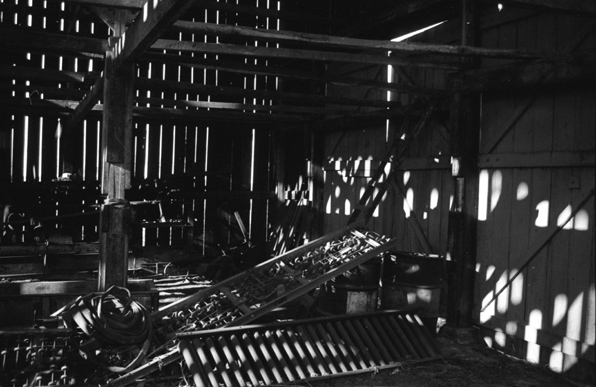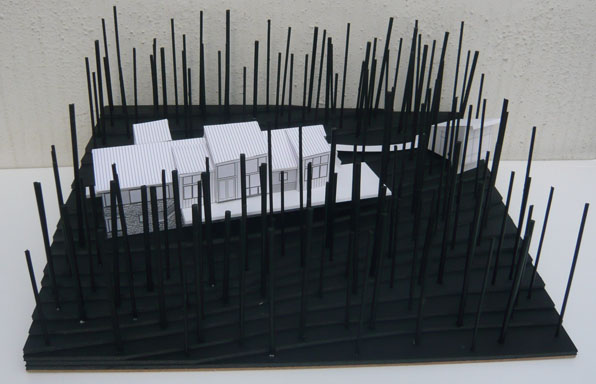We haven't added new blog posts in quite a while as we have been more than ordinarily busy with a new joint venture - ACI design/build. Jim Walker and I have been friends since our Chicago-days, now almost 16 years ago. Jim is also an architect and he has spent many years with New York architecture firms doing design/build work as the on-site architect and construction manager. In the same capacity, he and I have done a number of projects over the years both here in Colorado as well as in Chicago. Now our occasional collaboration is a full-time occupation embodied in ACI. While M. Gerwing Architects still exists and works with a number of excellent local contractors, some of our projects will be joint ventures with ACI as both design and construction professionals.
The design/build process offers some unique advantages over the traditional architect-and-contractor process. The communication and coordination is certainly streamlined as is the process of designing, detailing and documenting a project. This realizes significant savings for our clients and makes the process much more rewarding for ourselves, being able to spend more time on design and less on paperwork.
For as interesting as design/build is, there are limitations. Very large or significantly complex projects benefit from the long experience and solid focus of an experienced general contractor. And, for my part, I have learned so much from general contractors over the years that I would never give up using that more traditional process for many of my projects.
We spend a lot of time custom designing a project for clients. We avidly search through the project to find the unique aspects of the client and the site to highlight these issues and create tailored projects. However, we don't often adjust our process to the needs of our clients. We are the experts at that process and we often bend each client and project into that form. I think now, with the addition of ACI, we have options we can present to our clients for not just the design of the project, but the process to get there as well.




















